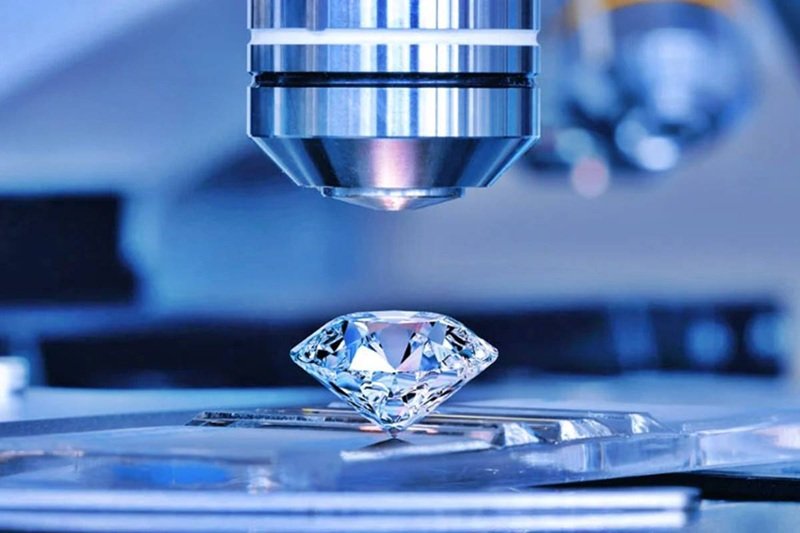Not too long ago, if you wanted a diamond, you had one choice: find one that was mined from the earth. But things have changed. Today, scientists can create stunning gems in laboratories that look and behave just like natural diamonds. These lab-created gems are becoming increasingly popular, and for good reason. They offer the same beauty and sparkle as traditional stones, often at a fraction of the cost. Plus, they come without some of the ethical and environmental concerns that have surrounded the diamond industry for years. If you’re shopping for jewelry or just curious about what’s available these days, it’s worth understanding what these new options are all about.
What Are Lab-Created Gems?
Lab-created gems are real gemstones that are grown in controlled laboratory environments instead of forming naturally over millions of years underground. The process mimics what happens in nature, just much faster and under human supervision.
Scientists use two main methods to create these gems. The first involves extreme heat and pressure, similar to what creates natural diamonds deep in the earth. The second uses a chemical process where carbon atoms are deposited layer by layer to build up the gem. Both methods produce stones that are chemically and physically identical to natural ones.
Here’s what surprises most people: these lab-created stones aren’t “fake” or “artificial” in the way many people think. They have the same hardness, brilliance, and fire as mined diamonds. Even professional jewelers need special equipment to tell them apart. When you’re understanding lab-created gems, it’s important to know that you’re looking at real diamonds, just with a different origin story.
One of the biggest myths is that lab-created gems are somehow inferior. That’s not true. In fact, because they’re made in controlled conditions, they often have fewer flaws than natural stones. They’re not costume jewelry or cheap imitations – they’re genuine gemstones that happen to be made above ground instead of below it.
Another common misconception is that these gems don’t last as long. Again, this isn’t accurate. Lab-created diamonds are just as durable as natural ones. They’ll scratch glass, last forever, and pass down through generations just like any traditional diamond.
The main differences come down to origin, price, and sometimes personal preference about the story behind the stone. Some people love the idea of wearing something that formed billions of years ago. Others prefer knowing exactly where their gem came from and how it was made.
Modern Diamond Alternatives
When exploring modern diamond alternatives, you’ll find several options beyond traditional mined diamonds. Lab-created diamonds are just one choice, though they’re probably the closest to the “real thing” since they are, technically, real diamonds.
Other popular alternatives include moissanite, which is naturally occurring but extremely rare, so most moissanite jewelry uses lab-created versions. It’s nearly as hard as diamond and has even more fire and brilliance, though it looks slightly different under certain lighting.
Cubic zirconia is another well-known option. It’s much less expensive than any of the other choices, but it’s also softer and will show wear over time. It’s a good choice for fashion jewelry but might not be ideal for something you plan to wear every day for decades.
There are also colored lab-created gems like emeralds, rubies, and sapphires. These follow the same principles as lab-created diamonds – they’re real gems, just made in laboratories.
People choose alternatives for different reasons. Cost is often a big factor. Lab-created gems typically cost 30-60% less than comparable natural stones. That’s significant when you’re talking about engagement rings or other major jewelry purchases.
Ethics matter to many buyers too. Traditional diamond mining has been associated with environmental damage and sometimes unfair labor practices. Lab-created gems avoid these concerns entirely.
Sustainability is another consideration. Creating gems in labs uses energy, but it doesn’t require massive mining operations or moving tons of earth to find small stones.
When choosing alternatives, think about how you’ll use the jewelry, your budget, and what feels right to you personally. There’s no wrong choice – just different options that work better for different people and situations.
Making the Right Choice
Understanding your options helps you make decisions that align with your values and budget. Whether you choose traditional mined gems, lab-created alternatives, or other modern options, the most important thing is that you’re happy with your choice. Take time to learn about what’s available, ask questions, and pick something that feels right for your situation.
